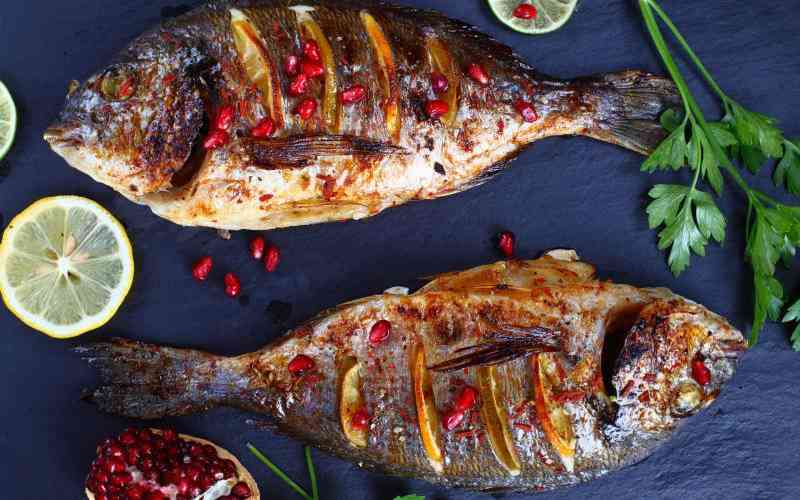×
The Standard e-Paper
Truth Without Fear

Many farmers and traders deal in raw produce, but there is a growing recognition that the next stage of economic growth requires ‘adding value’ to raw products and commodities.